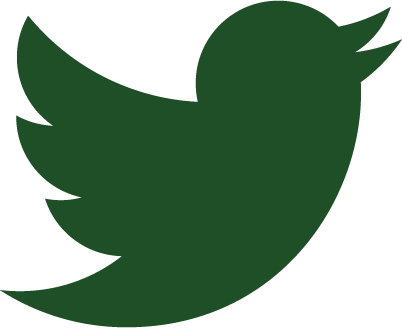Does Your Business Truly Utilize Outbound & Relationship Marketing?
The need to utilize both inbound and outbound marketing is essential for any businesses success. What we’ve seen is that most companies focus on their inbound marketing which generally falls under your typical marketing plan. That marketing plan usually includes tactics like digital marketing, social media advertising, media relations, SEO/SEM, and so on. But, where most companies fall short is their outbound marketing strategy and even more specifically building meaningful relationships with your prospects and partners.
In general, outbound marketing involves reaching out to potential customers through proactive communication channels. Traditional methods like direct mail, cold calling, and print advertisements have been staples of outbound marketing and still hold some value. However, more relationship-oriented methods like referral strategy, center of influence marketing, strategic alliances, events, networking, and so on are much more effective these days in connecting with your prospects and partners than ever before.
For instance, B2B companies seeking to connect with specific decision-makers in their industry can use referral strategy to target and get in front of the right person and if done correctly, build instant trust, which doesn’t happen with inbound methods. Leveraging current relationships and creating methods to build new relationships in combination with your inbound efforts, will really help you broaden your reach and create more comprehensive marketing campaigns.
Businesses operate in interconnected ecosystems, and building relationships within these communities can yield valuable rewards. Relationship marketing emphasizes the importance of engaging with customers, suppliers, partners, and even competitors in a way that fosters trust, loyalty, and mutual benefits. When companies prioritize relationship marketing, they invest in understanding their prospects' and customers’ needs and pain points on a deeper level. By doing so, they can create products and services that cater precisely to their target audience, leading to increased customer satisfaction and loyalty. Remember, people do business with people they like and trust.
In B2B scenarios, forming lasting connections with clients, partners and colleagues can lead to fruitful collaborations and a more robust lead pipeline. Additionally, establishing goodwill within the business community by being a connector of people can result in positive word-of-mouth, referrals, and new opportunities for growth.
Despite their significant potential, outbound and relationship marketing often get overshadowed by the allure of digital inbound strategies. There are several reasons contributing to this trend:
1. Digital Obsession: The rapid rise of digital marketing has led companies to concentrate their efforts on online platforms. While digital channels are crucial, a solely inbound approach may neglect segments of the market that are less tech-savvy or prefer offline interactions.
2. Short-Term Mindset: Inbound marketing often provides quick, measurable results, making it appealing to businesses seeking immediate returns. However, the long-term benefits of outbound and relationship marketing can far outweigh the instant gratification of inbound tactics.
3. Budget Constraints: Outbound marketing can sometimes be perceived as costly, especially when compared to the seemingly low-cost nature of inbound strategies. However, with proper planning and targeting, outbound efforts can yield substantially higher ROIs and that can be done very economically.
4. Time Constraints: Building relationships is often perceived as a very timely way to develop new business. Many companies may avoid this in favor of inbound strategies that rely on customers coming to them willingly. However, in most B2B instances, companies need to build trust with their customers and prospects and that is difficult to do with inbound alone.
For businesses to thrive in competitive markets, they must adopt a holistic marketing approach that combines the best of both inbound and outbound (relationship building) worlds. Here are a few ideas:
1. Referrals: Leverage your current clients, partners and colleagues and establish a good referral strategy to meet new prospects that now have built in trust about your product and services. Business to business companies with referrals have a 70% higher conversion rate.
2. Prioritize Relationships: Invest in relationship marketing by engaging meaningfully with prospects, partners and current customers. Focus on providing value to these connections. Learn what is most valuable to them; a connection, information, networking, etc.
3. Leverage Technology: Use marketing automation tools to streamline your outbound and relationship building efforts, making them more efficient and cost-effective.
4. Measure and Adapt: Analyze the performance of both inbound and outbound campaigns to understand what works best for your business. Adapt your strategies based on data-driven insights.
Outbound and relationship marketing are vital components of a comprehensive marketing strategy. While inbound marketing effectively attracts prospects, outbound tactics can directly target specific audiences and strengthen relationships within business communities. Embracing a balanced approach that leverages the strengths of both strategies can lead to enhanced brand visibility, greater customer loyalty, and sustained business growth in the long run. As the marketing landscape continues to evolve, it is essential for businesses to recognize the untapped potential of outbound and relationship marketing to stay ahead of the curve and outshine the competition.
Partner with Dinkel Business Development, LLC Today
If you want to learn more about how we can help change the way you build relationships and the benefits of metric-driven business development, please call us at 443.226.0163 or reach us via email at john@dinkelbd.com to get started.



